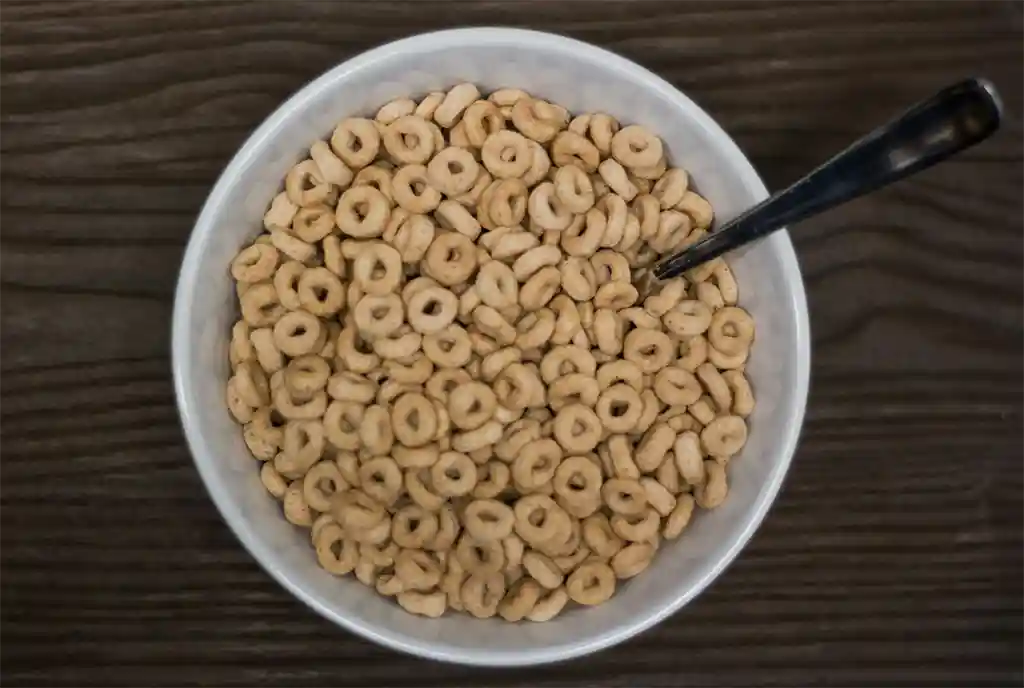Address
304 North Cardinal
St. Dorchester Center, MA 02124
Work Hours
Monday to Friday: 7AM - 7PM
Weekend: 10AM - 5PM
Address
304 North Cardinal
St. Dorchester Center, MA 02124
Work Hours
Monday to Friday: 7AM - 7PM
Weekend: 10AM - 5PM

Gaining attention for its association with reproductive and developmental issues in animals, chlormequat is under scrutiny due to its widespread presence in popular oat-based products like Cheerios and Quaker Oats. This discovery prompts a closer examination and deeper investigation into the potential impact on human health, raising concerns and emphasizing the need for regulatory measures.
In a recent peer-reviewed study published in the Journal of Exposure Science and Environmental Epidemiology, scientists from the Environmental Working Group (EWG) examined chlormequat levels in oat- and wheat-based products purchased in the U.S. between 2022 and 2023. The findings revealed detectable levels of chlormequat in nearly all of the 25 conventional oat-based products studied.
The Environmental Protection Agency (EPA) currently registers chlormequat chloride for use as a plant growth regulator in ornamentals within greenhouses and nurseries. Its application on crops like wheat, oats, and barley aims to reduce stem height for easier harvesting, as outlined by EWG.
Changing Tolerance Levels: EPA’s Regulatory Evolution
In 2018, the EPA set acceptable food tolerance levels for chlormequat chloride in imported oats, wheat, barley, and certain animal products. Subsequent increments in allowable oat levels occurred in 2020. However, the EPA clarified that chlormequat is not registered for food use in the U.S., and tolerances for domestic food crops are yet to be established.
The EPA states that chlormequat is currently undergoing registration review. Despite ongoing scrutiny, based on the EPA’s human health risk assessment, there are no significant dietary, residential, or aggregate risks of concern associated with chlormequat.
As discussions surrounding chlormequat continue, the implications for food safety and regulatory standards emphasize the need for ongoing vigilance and informed decision-making to ensure public health protection.